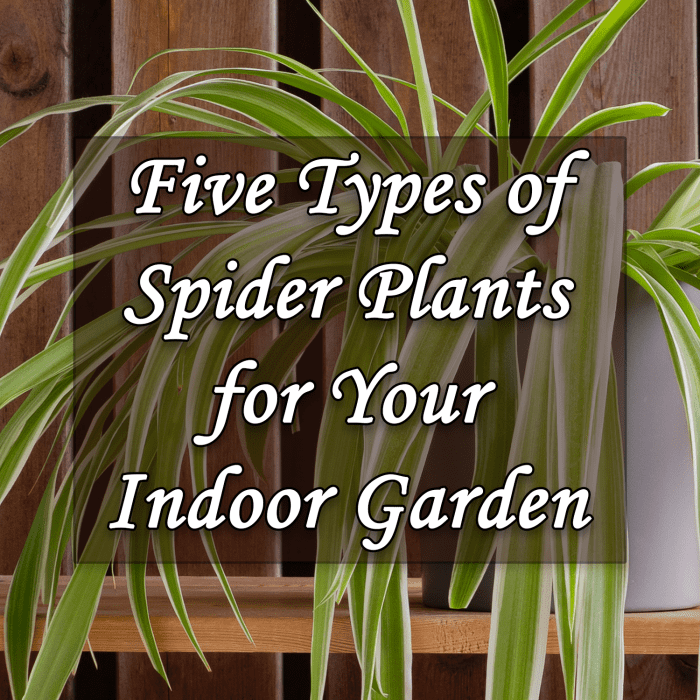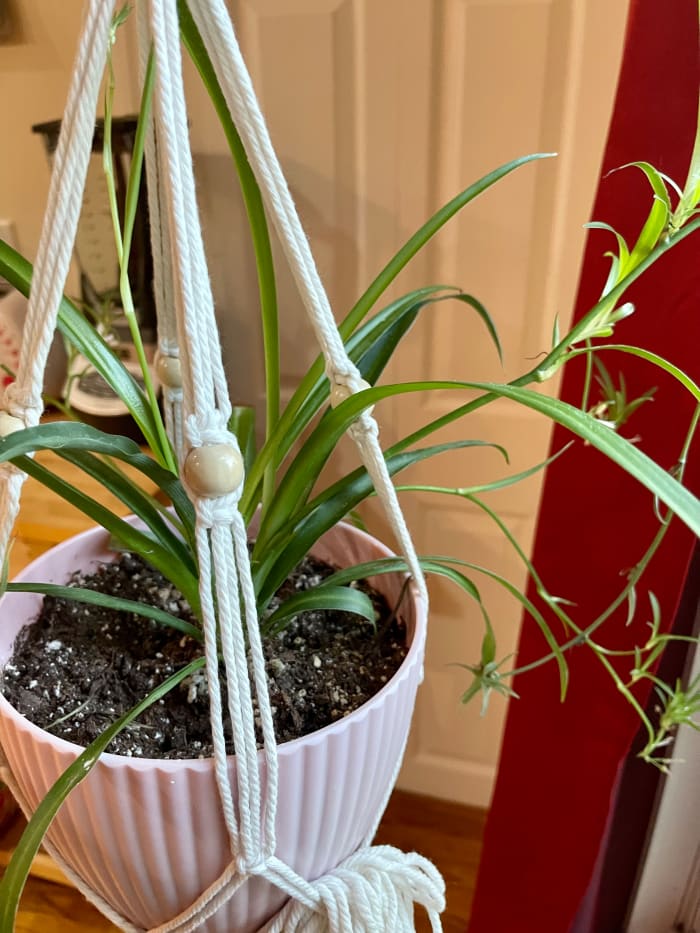Indoor Gardening Advice About Hibiscus Plants In Arizona
Jennifer is an environmentalist from Ohio. She is passionate about advocating for the planet and wildlife through gardening and education.

Five Types of Spider Plants for Your Indoor Garden
Spider Plants: One of the Best Houseplants for Your Home
Spider plants are one of the most popular houseplants, and for good reason. These tropical-looking plants are very easy to care for and difficult to kill. They are believed to be one of the best houseplants for cleaning the air and removing indoor air pollution, and they are safe to have around cats and dogs. These plants are also very easy to propagate, so you can quickly fill your house with baby spider plants, or gift them to all of your friends and family. There are several different spider plant cultivars to choose from, depending on your personal preferences. All of the available varieties make excellent additions to your home. Here are some of the most popular varieties of spider plants available.

Green Spider Plant Chlorophytum comosum
Jennifer Wilber
Green Spider Plant
Botanical name: Chlorophytum comosum
Though it is thought to be the original variety of spider plant, solid green spider plants are much more difficult to find than their variegated counterparts. This variety can be easily identified by its dark green leaves, which may have a subtle light green stripe running through the center of each leaf. Green spider plants are better suited to darker areas of your home than the more common variegated cultivars. If you want this original spider plant variety, you may have to search online, as most garden centers only carry the striped variegated varieties.

Variegated Spider Plant Chlorophytum comosum "Vittatum"
Jennifer Wilber
Variegated Spider Plant
Botanical name: Chlorophytum comosum "Vittatum"
The variegated spider plant was the first variegated cultivar available. This variety features lighter green leaves with a broad, creamy white stripe down the center. The stems on which its baby spider plants, or plantlets, grow are typically yellow-white. This variegated spider plant variety was the most popular spider plant sold until the late 90s, when it was replaced in popularity by the reverse variegated, or "Variegatum," spider plant. This spider plant can grow up to one to two feet wide.

Reverse Variegated Spider Plant Chlorophytum comosum "Variegatum"
Jennifer Wilber
Reverse Variegated Spider Plant
Botanical name: Chlorophytum comosum "Variegatum"
The reverse variegated spider plant is a more recent cultivar of the spider plant, which has surpassed the original variegated spider plant in popularity. This newer variegated variety is referred to as "reverse variegated" because its leaf stripe colors are the reverse of the original variegated variety's colors. This variety features dark green leaves with white edges. Reverse variegated spider plants grow dark green stems on which their plantlet babies develop. This spider plant will grow to be about the same size as the regular variegated variety.
Curly or "Bonnie" Spider Plant Chlorophytum comosum "Bonnie"
Jennifer Wilber
Curly or "Bonnie" Spider Plant
Botanical name: Chlorophytum comosum "Bonnie"
The Bonnie spider plant, also sometimes called the curly spider plant, has coloring similar to the normal variegated variety, but its leaves are quite a bit curlier. This variety of spider plants tends to be smaller than other varieties when fully grown, making it an excellent choice for small spaces. Like the original variegated variety, this spider plant produces yellowish stems for producing its baby curly-leafed platelets. There are also solid green, non-variegated varieties of curly spider plants available, but these seem to be very rare and difficult to come by.

Hawaiian Spider Plant Chlorophytum comosum 'Hawaiian'
Jennifer Wilber
Hawaiian Spider Plant
Botanical name: Chlorophytum comosum 'Hawaiian'
The Hawaiian spider plant is a unique cultivar. This dark green spider plant shows variegation on its younger leaves, but as each leaf ages, the variegation fades, and the leaf becomes a more solid dark green color. This variety of spider plant tends to be more compact than others, similar to the curly spider plant, making it another great choice for smaller areas. The leaves of the Hawaiian spider plant have a "spikier" look to them than other spider plant varieties. This spider plant reminds me a bit of the top of a pineapple!

Freyja is fascinated by spider plants. Good thing they are safe for cats!
Jennifer Wilber
Many Spider Plant Cultivars
There are many other spider plant varieties available. These are just five of the most commonly available ones you will see. Every type of spider plant you find will be a great houseplant to bring into your home. All varieties of Chlorophytum comosum help to clean the air and are easy to care for. Spider plants are truly one of the best houseplants to bring home.
This content is accurate and true to the best of the author's knowledge and is not meant to substitute for formal and individualized advice from a qualified professional.
© 2021 Jennifer Wilber
Louise Powles from Norfolk, England on August 29, 2021:
I remember having a spider plant once, although I don't know which one it was. It grew quite big too.
Indoor Gardening Advice About Hibiscus Plants In Arizona
Source: https://dengarden.com/gardening/Five-Types-of-Spider-Plants-for-Your-Indoor-Garden
Posted by: jacobsoulding.blogspot.com

0 Response to "Indoor Gardening Advice About Hibiscus Plants In Arizona"
Post a Comment